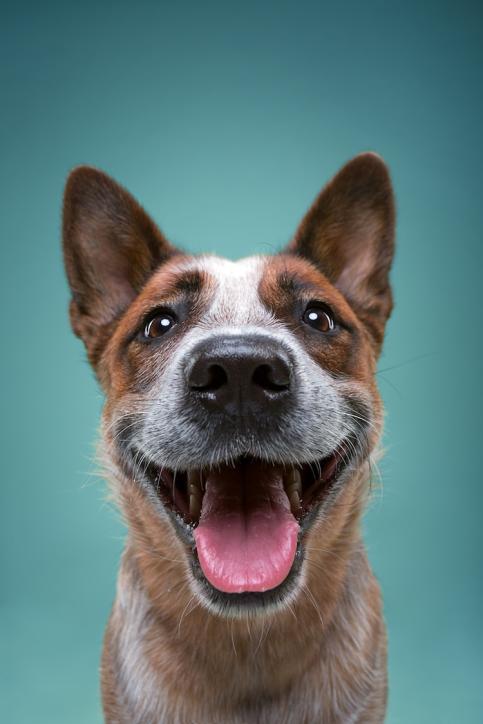Cognitive bias in dogs:
investigating a new method based on behavioral responses to ecologically relevant stimuli

Abstract
The study of affective state, such as cognitive biases, is a growing field of work and it is important to develop further methods. In this study, a new method to assess the cognitive judgement bias (CJB) in dogs is being investigated and based on stimuli provoking innate reactions from the dog. A group of 19 dogs went through a location ambiguity CJB (tCJB) and then through the novel method (nCJB). Their consistency in latencies (optimistic or pessimistic) was tested, the behavior was recorded during the nCJB and dog owners answered a DPQ. For the nCJB, a picture of an aggressive dog face (negative cue), smiling human face (positive cue) and a morph 50/50% of the two previous (ambiguous cue) were presented. The results showed that the tCJB did work as expected with the location variable influencing latency. However, the nCJB latencies distributions were the same and the picture valence did not influence the latency, meaning that this variable might not be suitable for this test. Nonetheless, some behaviors did correlate with the nCJB latencies and did influenced the latency. But the nCJB did not seem to give the expected clear-cut results and needs ameliorations to reach a life-like situation.
Key words: behavior, cognitive bias, dog, method.
Responsible for this page:
Director of undergraduate studies Biology
Last updated:
